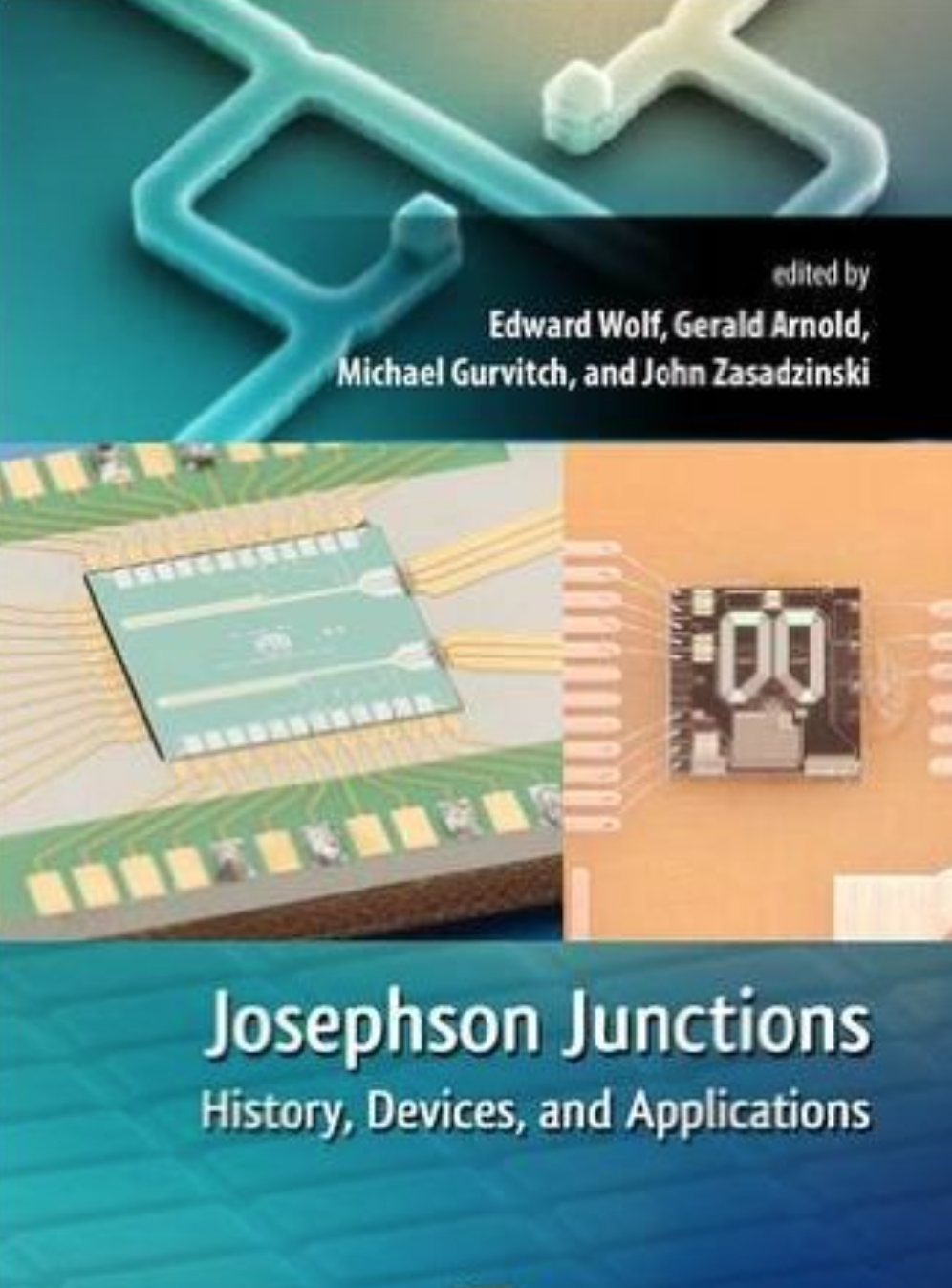John Zasadzinski, physics professor and Paul and Suzi Schutt Endowed Chair in Science, is co-author and co-editor of a new book, Josephson Junctions: History, Devices and Applications (Pan Sanford). The book will be available in December.
Electric current flows in a superconductor through pairs (cooper pairs) of electrons rather than single electrons in a normal conductor. In a Josephson junction, the electron pairs can tunnel through a non-superconducting material linking two superconductors–a purely quantum effect. There are many applications of Josephson junctions that result from the novel electrical properties, including extreme sensitivity to magnetic fields, realized when two superconductors are coupled by such a tunnel junction. The effects were first predicted by Brian Josephson, who won the Nobel Prize in Physics in 1973.
Zasadzinski’s book summarizes the history and present status and applications of Josephson junctions. These devices are leading elements in superconducting electronics and provide state-of-the-art performance in detection of small magnetic fields and currents. They are used in several digital computing methods and medical diagnostic devices and now provide voltage standards worldwide. Astronomical infrared (IR) telescopes, including the South Pole Telescope, use these junctions in combination with superconducting quantum interference devices (SQUIDs). They are also a leading technology for quantum computing.
Zasadzinski’s principal contribution to the field involved the development of a nanoscale aluminum overlayer method which allowed the first Josephson tunnel junctions on the important refractory-metal superconductor, Niobium (Nb). This method is now the standard for Nb-based Josephson devices.

